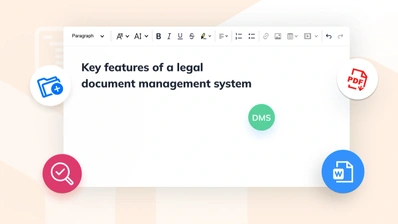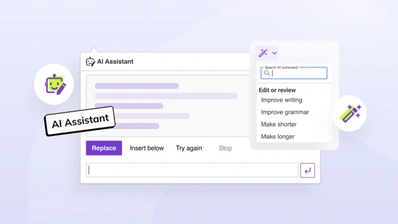Working with content patterns and reusable content to streamline workflows
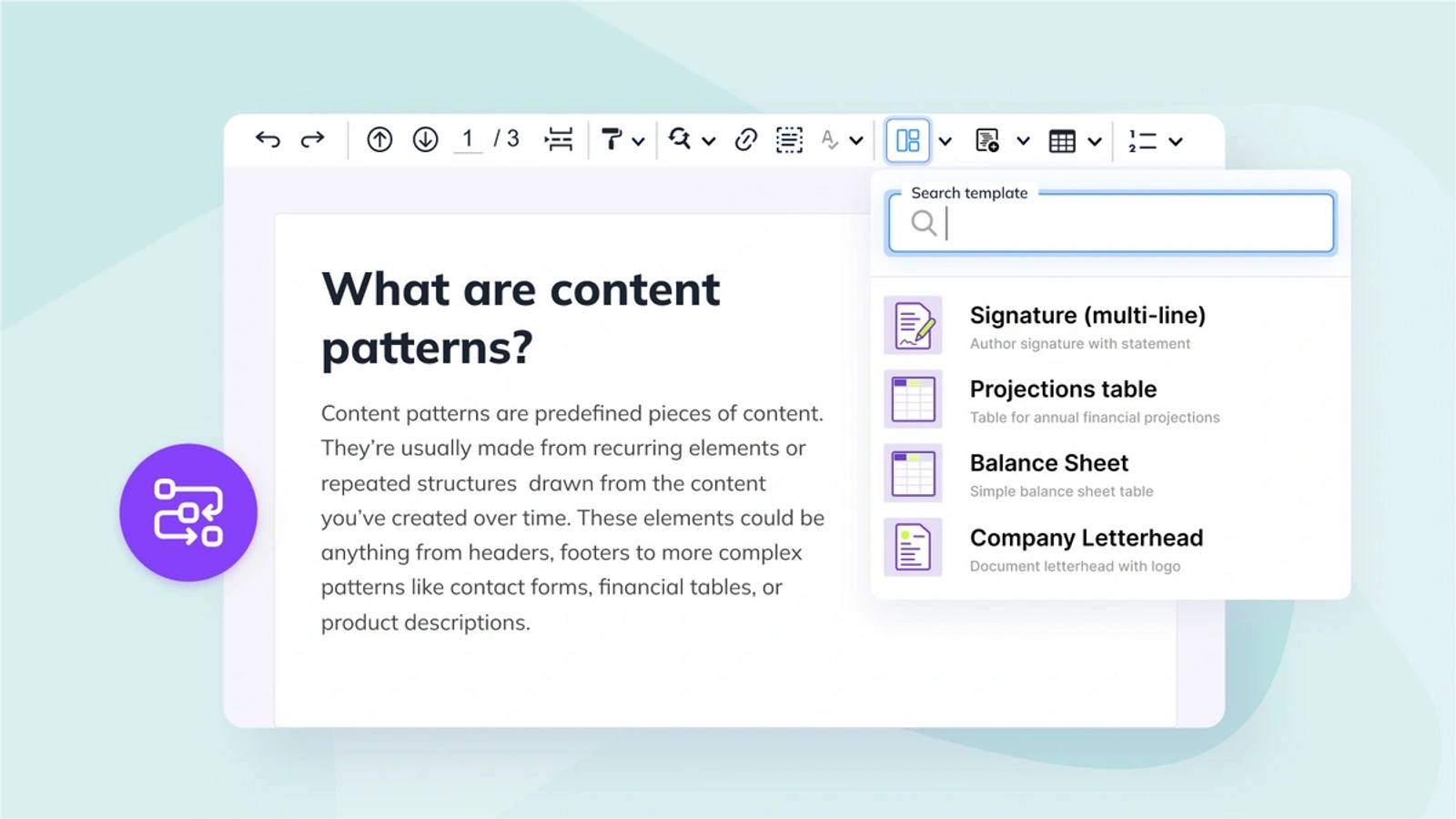
Today’s fast-paced digital world needs efficient and consistent ways to create content. You don’t want to be creating the same content over and over again each time – that drains creativity and fills your day with unnecessary stress. One way to overcome this is the use of content patterns. But what exactly are they and how do they streamline content creation?
The demand for engaging digital content is high, just like the speed required to create it. And the need to create it at scale, often spawns lots of monotonous, repetitive tasks. So your creators’ creativity takes a hit – resulting in too many ‘filler’ pieces of content being published.
However innovative approaches like the use of content patterns, can help you optimize your production pipeline, leaving more room for creativity.
In this article, we’ll explore the twin concepts of content patterns and reusable content, and how they can significantly streamline your content creation processes. The end result of using these techniques is a stable pipeline of content that’s been efficiently produced. Read on to navigate the world of intelligent content creation, and reveal how the strategic use of content templates can maximize your productivity.
# What are content patterns?
Content patterns are predefined pieces of content. They’re usually made from recurring elements or repeated structures drawn from the content you’ve created over time. These elements could be anything from headers, footers to more complex patterns like contact forms, financial tables, or product descriptions.
By identifying these repeated content patterns across different contexts, you can convert them into reusable content templates. Reusing these templates:
-
Drastically cuts down the time it takes to create new content
-
Ensures consistency
-
Reduces the likelihood of errors.
The age-old practice of reusable content continues to be applied today, to produce intelligent content. Its longevity is thanks in part to the enablement power of content templates that remove the mundane tasks, and instead let you focus on creating your content.
# How to use content templates in your workflow
Think about the tasks you perform in a day:
-
Crafting emails for your marketing campaign
-
Overseeing documents in your DMS
Content templates help to streamline all these tasks. They’re particularly useful for industries such as financial and legal services, where content consistency and efficiency are paramount.
But their utility doesn’t end there. The broader application of content templates extends to a wide array of industries and departments. So, let’s explore some practical examples of where content templates can be used.
# Examples of common content patterns and templates
# 1. Email templates
It’s a busy day at your customer service desk. Instead of scrambling to craft responses from scratch for every inquiry, imagine having a pre-prepared template to use for frequent customer inquiries.
These types of templates not only save time but also ensure uniformity and professionalism across every customer communication.
# 2. Blog post structures
In content marketing, the power of a well-structured blog post is well-recognized. Using content templates – whether it’s for the entire blog post or some sections – can maintain a consistent style and voice across all your posts.
These types of templates accurately reflect and reinforce your brand’s identity with each publication.
# 3. Document templates
In the world of legal services, accuracy is vitally important. By using templates for standard legal documents, you can minimize errors and maximize efficiency.
These types of templates ensure each document accurately complies with legal standards.
# 4. Complex tables
If you’re in the financial sector, complex tables such as balance sheets and financial projections are part of your daily grind. Content templates can simplify the creation of these intricate tables.
These types of templates enhance efficiency and reduce the possibility of errors.
# 5. Header and footer templates
For human resources, legal, or finance departments, having to repeatedly create structures (like company letterheads) or signature sections at the beginning or end of documents can be tedious. Header and footer templates not only save time but also ensure consistency across all official documents.
These types of templates improve efficiency and establish consistency.
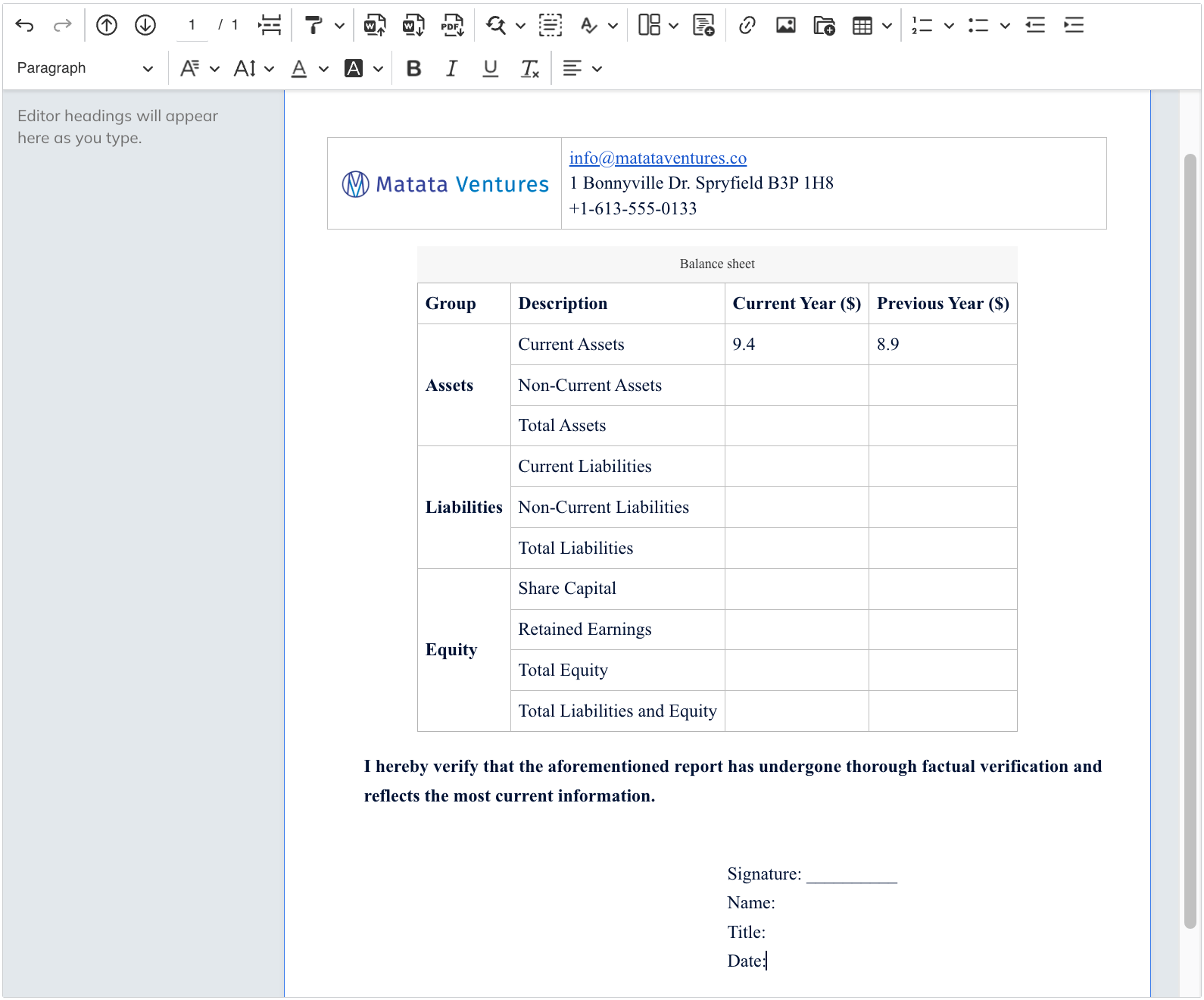
# Creating predefined content using your rich text editor
There’s different ways to build templates that are tailored to a variety of use cases. But most people don’t realize that much of today’s digital content is created by using a rich text editor (RTE) component that lies within an app’s software. And not all RTEs on the market are capable of creating templates.
While rich text editors have a variety of features to help streamline your workflow, the value of one that helps you create templates out-of-the-box, is undeniable.
The CKEditor 5 Templates plugin lets you easily add predefined templates into your content. These can be smaller template pieces that can be inserted, or a predefined template for the entire content design. All you need to do is define the templates and icons you want, and the plugin will take care of the rest.
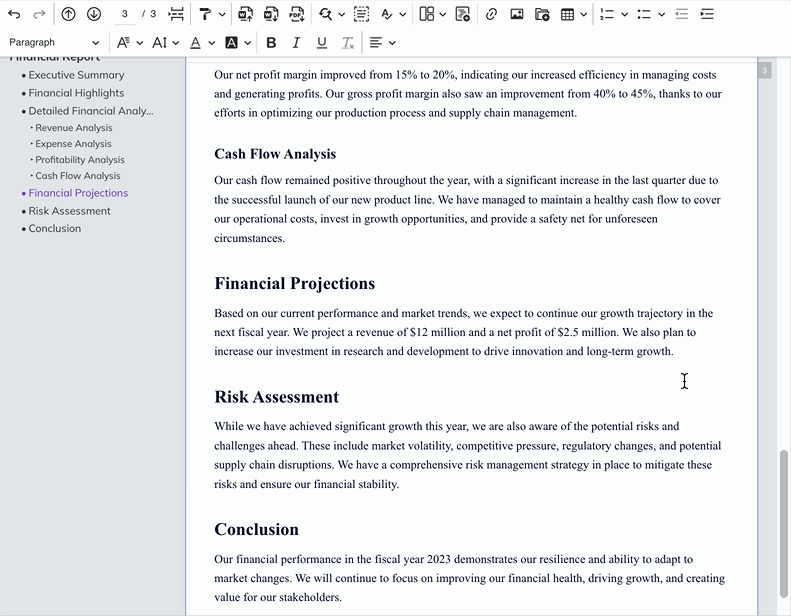
Since the templates themselves (as well as the editable and non editable areas) are controlled by your development team, a smooth user experience is ensured. Plus, there’s no need for end-users to worry about making sure their team members are using the exact same template.
# 6 tips for creating effective content patterns and reusable content
Content patterns and reusable content can significantly enhance your content creation processes. They provide a framework that not only boosts efficiency and streamlines your workflow, but also ensures a level of consistency that reinforces your brand voice.
However, their effective implementation requires careful planning and consideration. Here are six crucial tips for you to consider, when creating and implementing content patterns and reusable content:
-
Research which content structures are repeatedly used in your team and look at ways they can be standardized.
-
Ensure that all the content patterns and reusable content adheres to (or are compatible with) your existing design and brand style guides.
-
Keep your end-user in mind – the templates, their names, icons and descriptions should be easy to understand and use.
-
Consider your audience – what content formats do they find most engaging and easy to understand.
-
Research what needs to be done to make your content patterns search engine friendly.
-
Test your content templates before deploying them, to ensure they work and generate the desired results.
Using content templates, both content creators and product managers alike can create and implement effective content patterns that streamline content workflows, as well as maintaining your brand consistency.
Templates is a Premium CKEditor 5 plugin that’s included in the Productivity Pack. It’s also available in our demo, to try out right away. If you’re interested in finding ways to streamline your workflows, schedule a meeting with us to learn more about Content Templates and discuss other ways CKEditor 5 might be of help to your team.
